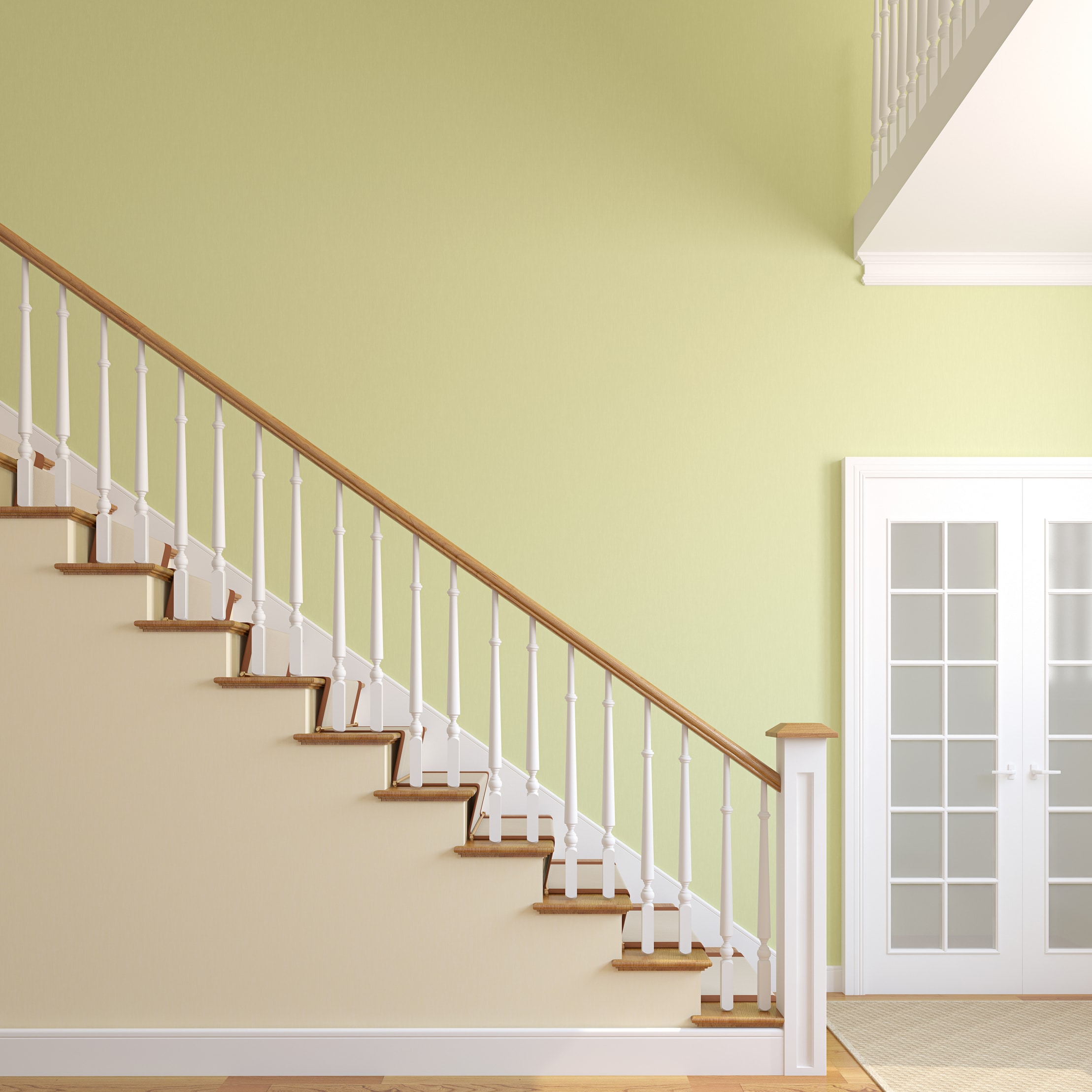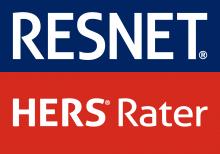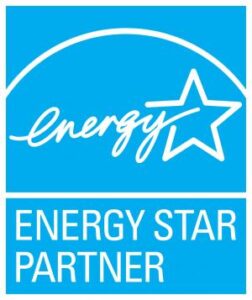For many Washington DC-area homeowners, dealing with temperature differentials between floors is a fact of life. Some let years go by simply assuming that they don’t have any control over this all-too-common issue, opting to install extra window AC units or multiple fans to keep parts of their home cool. The fact is, however, getting to the root of the problem is the only way to fix temperature differentials, and it doesn’t have to be quite as difficult as you might assume.
Energy Audits
Homeowners in the DC metro area are rejoicing in the fact that the winter weather is almost gone. Most of us look forward to spending more time outside and ditching those extra layers, but now is also the perfect time to focus on improving your home’s energy efficiency. The problem? Most homeowners don’t know where to start.
Fall is in full swing, and many homeowners living in and around Manassas, VA are beginning to notice cold spots popping up once again. Summer often hides these issues, but once temperatures begin to fall, cold spots make themselves known in short order. It’s easy to assume that the problem is due to a faulty HVAC system, but this is typically not the case at all.More often than not, cold spots or even entire rooms that are difficult to keep warm are the direct result of a leaky building envelope.
We often go to great lengths to ensure that the health and safety of our families never ends up in jeopardy. It’s one of the reasons why we make sure that cleaning liquids and other toxic chemicals are stored away neatly and out of reach of children within our homes. There’s more to creating a healthy home than just this, however—what if the home itself is a risk factor?
No matter what time of the year it is, you’ll be hard pressed to find a better solution to enhancing home comfort and energy efficiency than by focusing on insulation. It’s often assumed that insulation is most effective during the winter months, but it acts the same way during the summer, keeping conditioned air inside and outside air from entering the home.
Take a walk outside, and there’s no doubt that temps here in the Northern Virginia area are rising steadily with each passing day. This has many homeowners doing whatever they can to keep their conditioned living spaces cool this summer, which can be easier said than done. At The Fifth Fuel, we believe that the key to a comfortable, efficient home is a properly sealed building envelope supported by the right amount of insulation.Think insulation is only for the winter months? Think again.
Cape Cod-style homes date back to 17 century New England, where these charming homes were designed to withstand the elements. The homes are compact and have a simple rectangular footprint. A steep roof helped shed snow, relatively low ceilings made it easier to heat, and shutters helped keep wind out during storms.The revival of the Cape Cod homes began in the late 1920s and lasted for several decades. We now have many such homes throughout Northern Virginia and Metro Maryland.














